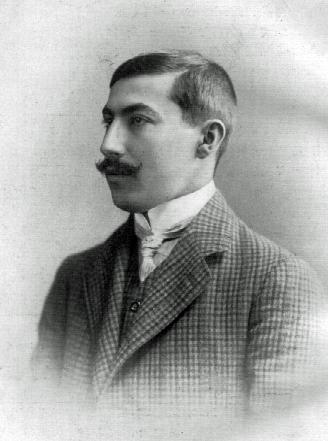
My Favorite Classic Games, Part 1
When discussing great games, many chess fans always think of slashing attacks and outrageous combinations. While every world-class player tossed out more than a few epic combinations at some point in his career, positional masterpieces are far harder to find.
In this new series, I’ll take a look back at the classic games that affected me profoundly, and those games were almost always positional in nature.
This is strange in a way, because I was a very aggressive player in my youth. But perhaps it’s not so strange after all, since I could understand combinations and tactics (in other words, they weren’t that special), but the subtle positional magic the greats were capable of always left me dumbfounded.
In this article, we’ll be taking a close look at a Rubinstein masterpiece. And no, it’s not the celebrated game, Georg Rotlewi–Akiba Rubinstein, Lodz 1907:
Okay, that was fun. I admit it! It’s a true evergreen game. But profound? No. Exciting and flashy and brilliant, YES!
And so we finally get to the article’s main game. It taught me a lot in my early teens, and improved my positional understanding by leaps and bounds.

LESSONS I PICKED UP FROM THIS GAME:
- At times it’s possible to play on both sides of the board, “stretching” the opponent’s defensive needs to the limit.
- When the opponent is helpless, take your time and optimize the placement of all your pieces.
- The battle of bishop versus knight is seen all the time, and it’s very important to master!
- This means that you need to learn how to maximize the powers of both these pieces –- in one game you’ll be singing songs about the wonders of the speedy bishop, and in another game you’ll whisper (as if it was a secret) that your true love has a horse's head.
- The manipulation of pawn structure is one of the great keys to chess mastery. You will change the nature of the pawn structure to suit whichever minor piece you own, you’ll do your best to avoid structural weaknesses, and (as in the game we just looked at) you’ll create whole strategies around a potential passed pawn or some other anomaly that you created. Note the word “created.” These things just don’t happen by luck, you have to create them, nurture them, and eventually unleash them!
- Memorizing moves is useless if you don’t understand what those moves do.
Did I ever emulate the queenside pawn structure strategy Rubinstein used in his game against Wolf? Most definitely! Check this out:
RELATED STUDY MATERIAL
- Read IM Silman's previous article: Classic Pawn Structure, Part 4b.
- Watch GM Dejan Bojkov's astounding 12-part (!) video series on Rubinstein.
- Play as Rubinstein in the Chess Mentor.
- Sharpen your tactics with the Tactics Trainer.
- Looking for articles with deeper analysis? Try our magazine: The Master's Bulletin.

